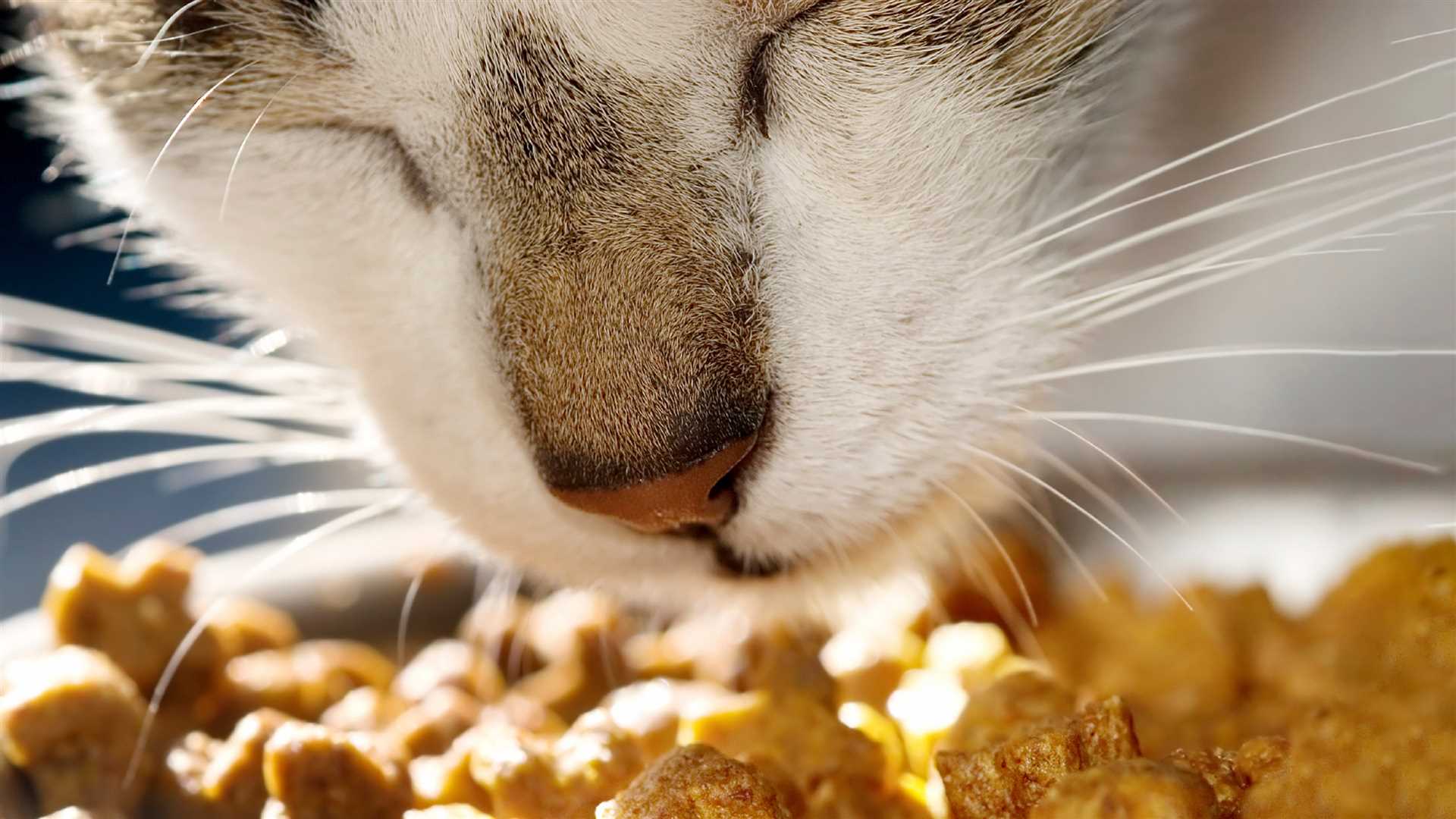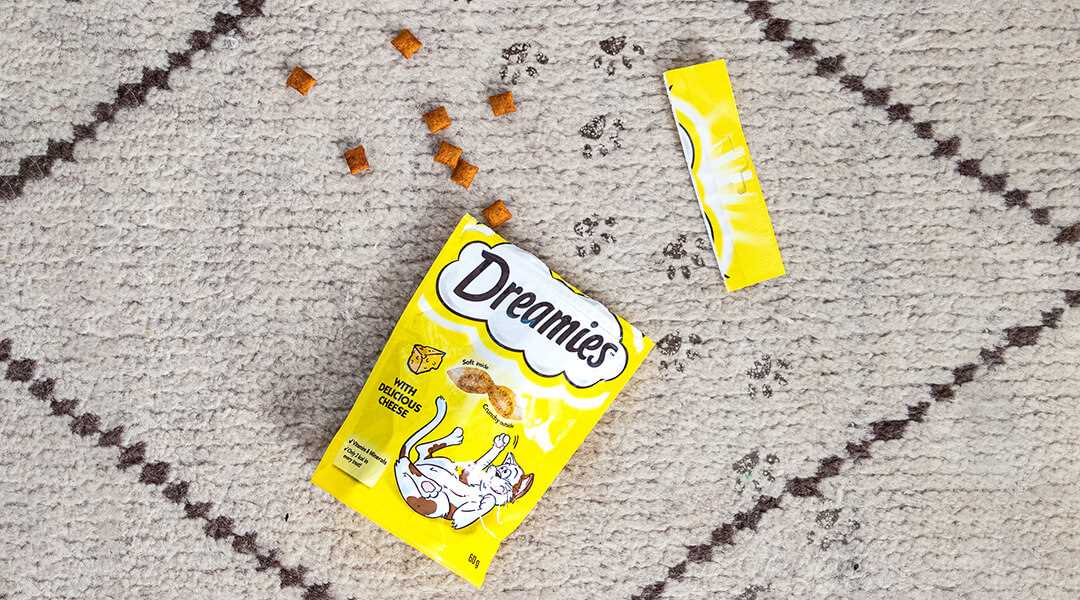As an 8-year-old Scottish Fold, I’ve had my fair share of delicious snacks, but moderation is key. Overindulgence can lead to serious health issues, including obesity, diabetes, and digestive problems. A well-balanced diet is necessary for maintaining my energy levels and overall well-being.
It’s essential to monitor how much I munch on those delightful goodies. A general guideline is to limit treats to no more than 10% of my daily caloric intake. This means that if my daily requirement is around 200 calories, then just 20 calories should come from snacks. Keeping an eye on portion sizes can make a significant difference in my health.
Regular vet check-ups are also vital. They help catch any potential issues early on, especially if my weight starts to creep up. So, while those tasty morsels may be tempting, my health is worth the restraint. Take care of your furry companions by being mindful of their snack habits!
Can Too Many Treats Kill a Cat
Excessive snacking can lead to serious health issues. Obesity, diabetes, and dental problems are just a few consequences of overindulgence in goodies. Maintaining a balanced diet is essential for overall well-being. Portion control is a key factor; I recommend limiting snacks to no more than 10% of daily caloric intake.
Signs of Overindulgence
Watch for symptoms like lethargy, vomiting, or changes in behavior. Weight gain is a clear indicator something is off. Regular vet check-ups can help catch these issues before they escalate. Keeping track of my weight is part of my routine, and it helps ensure I stay fit and healthy.
Alternatives to Excessive Snacking
Consider engaging in playtime or offering interactive toys as a distraction. Treats can be replaced with healthier options like small pieces of cooked chicken or fish. Always check with a veterinarian before introducing new foods. Healthy habits can lead to a longer, happier life.
Understanding the Nutritional Needs of Cats
Prioritize a balanced diet that includes high-quality protein, essential fats, and specific vitamins and minerals. My daily meals consist mainly of meat-based sources, which are crucial for muscle maintenance and overall health. Look for foods that list a real meat source as the first ingredient, such as chicken or fish.
Carbohydrates should be minimal, as they aren’t necessary for feline physiology. High levels of grains can lead to weight gain and other health issues. Instead, opt for products that include vegetables in moderation, providing fiber without excess calories.
Hydration is another key factor. Always ensure fresh water is available. Dry food can be convenient, but it may not provide the moisture needed. Wet food is a great alternative, as it contributes to daily water intake.
Be cautious with snacks. While I enjoy an occasional indulgence, it’s vital to read labels and choose options that are low in calories and free from artificial additives. Healthy alternatives like freeze-dried meat can satisfy cravings without compromising health.
Lastly, keep an eye on portion sizes. Regularly consult with a vet to determine the right amount of food based on age, weight, and activity level. For more practical tips on maintenance, check out this link: can i use pressure washer on garage foor.
Common Ingredients in Cat Treats to Avoid
First off, steer clear of anything containing artificial flavors and colors. These additives serve no nutritional purpose and might upset my tummy.
Harmful Components

- Onions and Garlic: Both can damage red blood cells, leading to anemia.
- Chocolate: Contains theobromine, which is toxic. Even small amounts can cause serious health issues.
- Caffeine: Similar to chocolate, it can lead to severe complications and should never be included.
- Xylitol: This sweetener found in some human foods can cause insulin release, leading to hypoglycemia.
- High Sodium Levels: Excessive salt can lead to increased thirst and urination, and may affect kidney health.
Grains and Fillers
Grains like corn and wheat often appear in snacks but provide little benefit for us felines. Look for meat-based products instead.
Always read the ingredient list. Your health is paramount, and some ingredients can lead to serious issues. Make informed choices for a happy and healthy life!
Signs of Overindulgence in Cats
Watch for these specific signs if you suspect your feline is enjoying too much indulgence:
- Weight Gain: An increase in body weight is a clear indicator. Regularly monitor your pet’s weight and consult with a vet if you notice excess pounds.
- Decreased Activity: If your furry companion is lazier than usual, it might be due to excessive calorie intake.
- Vomiting: Frequent vomiting can signal that the digestive system is overwhelmed. Keep an eye on their eating habits.
- Diarrhea: Loose stools may indicate that your pet’s diet is not balanced, often caused by too rich snacks.
- Behavior Changes: Increased irritability or lethargy may suggest that your friend is feeling unwell from overconsumption.
Monitoring Dietary Habits
Pay attention to how much your kitty is eating. It’s vital to track their food intake, including any snacks. Consider implementing a feeding schedule and limiting the number of extras given throughout the day. Engage in playtime to encourage activity and maintain a healthy lifestyle.
Additional Recommendations
Incorporate dental care into your routine, like using a best water additive for cats teeth to promote oral health. This can help offset some negative effects of overindulgence.
Being attentive to these signs will help ensure your beloved companion remains healthy and happy.
How to Choose Healthy Treats for Your Cat
Opt for options with high protein content and real meat as the primary ingredient. Look for products that list chicken, turkey, or fish upfront. Avoid those with fillers like corn or soy.
Check for natural preservatives such as tocopherols and avoid artificial additives. Ingredients should be recognizable; if a human wouldn’t eat it, I suggest skipping it!
Monitor the calorie count. Treats should constitute a small percentage of daily calories–around 10%. This helps maintain a balanced diet and prevents weight gain.
| Ingredient | Recommendation |
|---|---|
| Real Meat | High protein source |
| Fruits | Small amounts of safe options like blueberries |
| Grains | Limit; best if avoided |
| Artificial Colors | Avoid |
| Preservatives | Choose natural options |
Consider the texture; crunchy treats can help with dental health. However, softer options are suitable for older or dental-challenged companions.
Always introduce new goodies gradually, watching for any adverse reactions. This ensures a safe and enjoyable experience for all of us furry friends!
Recommended Portion Sizes Based on Weight
For a healthy lifestyle, it’s important to adjust portions based on weight. For instance, if I weigh around 8 pounds, the ideal amount of snacks would be approximately 1-2 small pieces per day. This helps maintain my energy levels while preventing weight gain.
For a feline weighing 10 pounds, consider limiting to about 2-3 pieces daily. Cats in the 12-15 pound range should receive no more than 3-4 pieces each day to prevent excess calories from sneaking in.
For those in the 6-pound category, a single piece is often sufficient, ensuring that every bite counts toward nutritional balance without overindulgence.
Always check the specific caloric content on the packaging. Adjusting portions based on the total daily caloric intake will keep everything in harmony. Remember, moderation is key! I keep track of my daily kibble and snack allowances to stay fit and fabulous.
Consulting Your Veterinarian About Snacks

Regular discussions with a vet regarding my snacks are crucial. They help me maintain a balanced diet tailored to my unique needs. I recommend scheduling check-ups to assess my weight and overall health. During these visits, it’s wise to inquire about the appropriate snack options and portions suitable for my breed and age.
Specific Questions to Ask
When chatting with the vet, asking about ingredients is essential. Some components can be harmful or lead to allergies. I also suggest discussing my daily caloric intake to ensure that the snacks fit within my nutritional limits. If you’re considering new snack brands, bringing samples to the appointment can be beneficial for expert opinions.
Monitoring Health Progress
Tracking changes in my health after introducing new goodies is important. Any signs of discomfort or unusual behavior should prompt a consultation. Keeping a diary of my eating habits and reactions can provide valuable insights for my veterinarian, ensuring I receive the best care possible.






